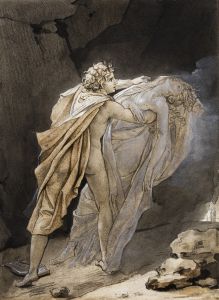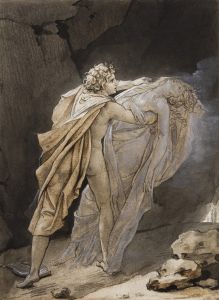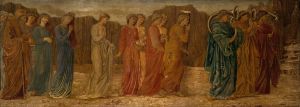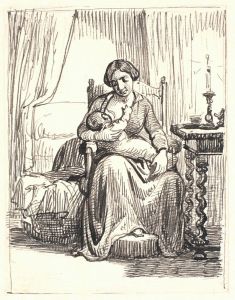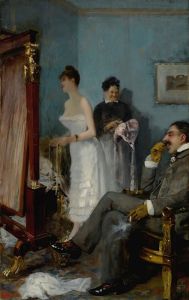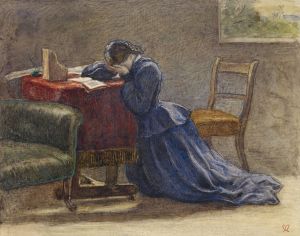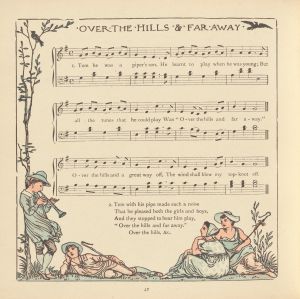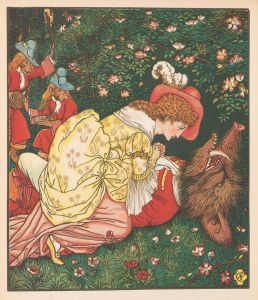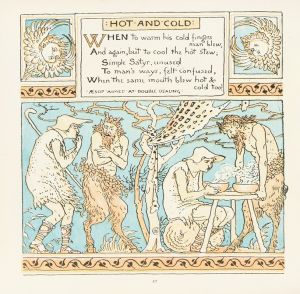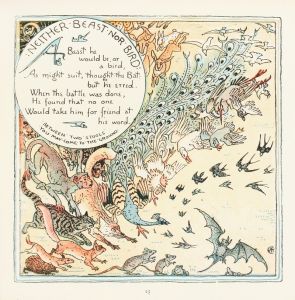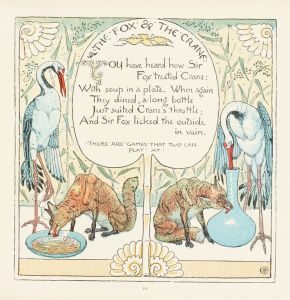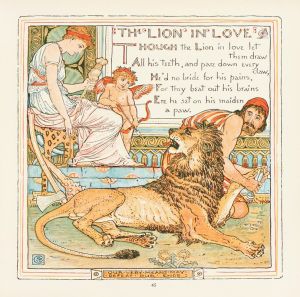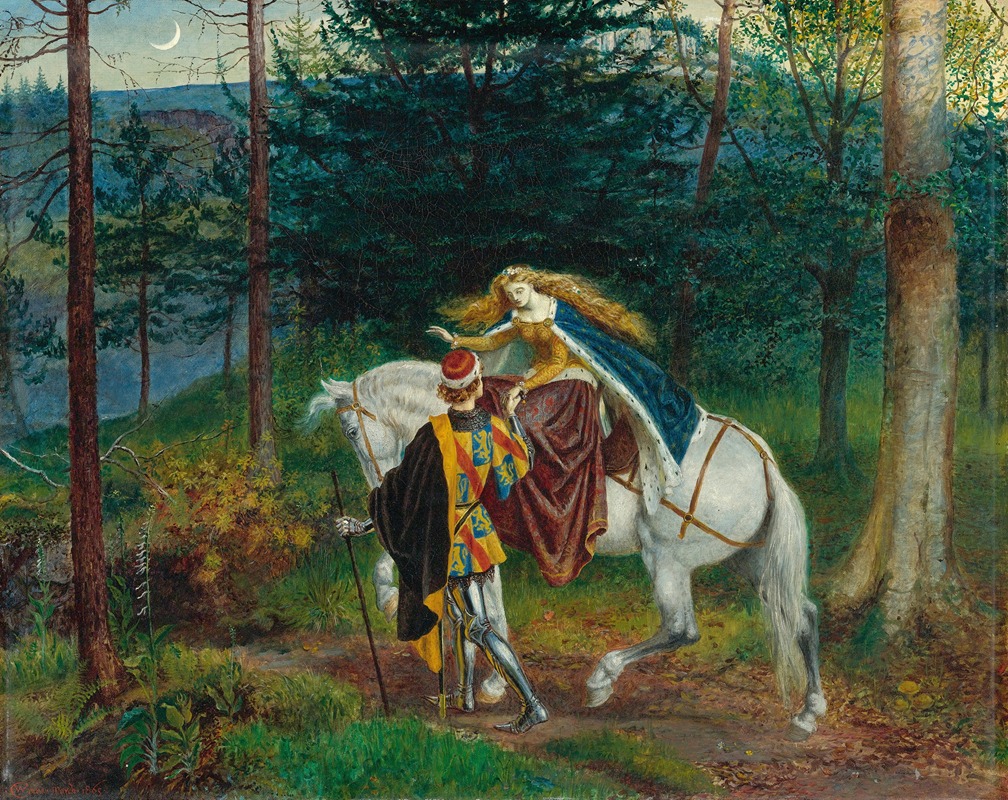
La Belle Dame Sans Merci
A hand-painted replica of Walter Crane’s masterpiece La Belle Dame Sans Merci, meticulously crafted by professional artists to capture the true essence of the original. Each piece is created with museum-quality canvas and rare mineral pigments, carefully painted by experienced artists with delicate brushstrokes and rich, layered colors to perfectly recreate the texture of the original artwork. Unlike machine-printed reproductions, this hand-painted version brings the painting to life, infused with the artist’s emotions and skill in every stroke. Whether for personal collection or home decoration, it instantly elevates the artistic atmosphere of any space.
"La Belle Dame Sans Merci" is a painting by the English artist Walter Crane, created in 1865. Walter Crane (1845-1915) was a prominent figure in the Arts and Crafts Movement and is known for his illustrations, paintings, and designs that often featured themes from literature and mythology.
The painting "La Belle Dame Sans Merci" is based on the poem of the same name by John Keats, written in 1819. Keats' poem tells the story of a knight who encounters a mysterious and enchanting lady in the meadows. The lady, described as beautiful but merciless, seduces the knight and leads him to a dream-like state where he sees visions of other men who have fallen under her spell. The knight awakens alone and desolate, realizing that he has been abandoned by the lady.
Crane's interpretation of the poem captures the ethereal and haunting quality of Keats' narrative. The painting depicts the knight and the lady in a lush, natural setting, with the lady's otherworldly beauty emphasized through delicate, flowing lines and a soft color palette. The knight appears entranced by the lady, who gazes at him with an enigmatic expression. The background features a dreamy landscape, enhancing the sense of enchantment and mystery.
Walter Crane's work is characterized by his attention to detail and his ability to convey complex emotions through his art. In "La Belle Dame Sans Merci," he effectively uses symbolism and composition to reflect the themes of love, seduction, and despair present in Keats' poem. The painting is a fine example of Crane's skill in blending literary inspiration with visual artistry.
Crane was influenced by the Pre-Raphaelite Brotherhood, a group of English painters, poets, and critics founded in 1848. The Pre-Raphaelites sought to return to the detail, intense colors, and complex compositions of Quattrocento Italian art. This influence is evident in Crane's meticulous approach to "La Belle Dame Sans Merci," where he combines a romanticized medievalism with a keen sense of natural beauty.
Throughout his career, Walter Crane produced a wide range of works, including book illustrations, decorative arts, and public murals. He was also an advocate for social reform and believed in the power of art to improve society. His contributions to the Arts and Crafts Movement were significant, as he promoted the idea that art should be accessible to all and integrated into everyday life.
"La Belle Dame Sans Merci" remains one of Crane's most celebrated paintings, admired for its lyrical quality and its faithful representation of Keats' poetic vision. The painting is held in various collections and continues to be studied and appreciated for its artistic and historical significance.





